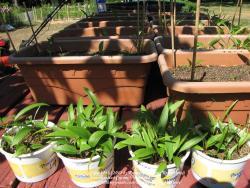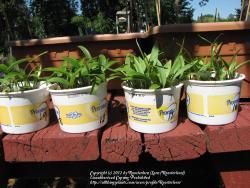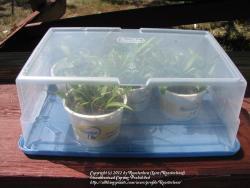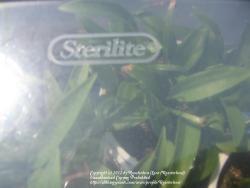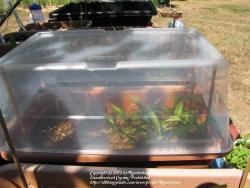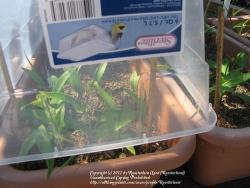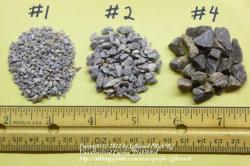OK Brian, I took some pictures today so you can get an idea what I get/have now. If this gets two long, I'll start a second thread.
First, a couple baggies. If you think one looks like Connies, your right, it's her seed stock. Actually, all three are and there were 10 seeds in each baggie to start. I got 10 for 10 with that one baggie; the only time in my seeding life I ever got that high. These were planted March 25th. I also have other seed from Connie planted in pots (below) where two of these lots were repeat planted with better results the second time at a lower temperature.
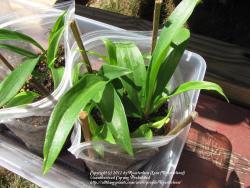
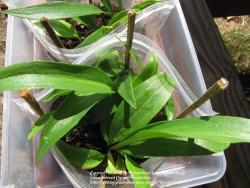
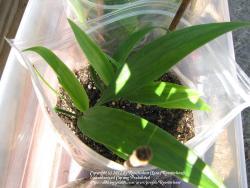
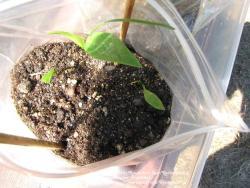
Next, I'll show some in pots. Some of these were planted on March 20th (Seed from Lisa Hunt). Others are of NALS seed, some Connies and some of Mine; all planted about May 13th. Most of these retangular pots have two seed lots in each, ie a right side and left side separated by a black dot at mid point. As you can see, there's lots of variation in germination. Note also a couple of 'sides' didn't even sprout.
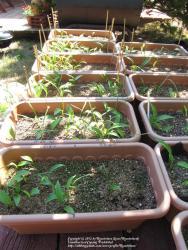
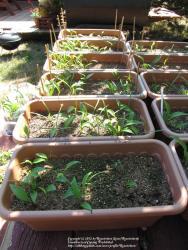
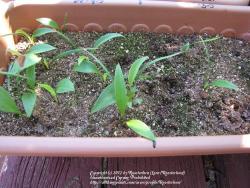


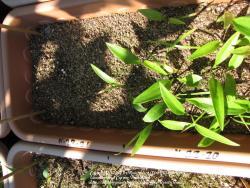
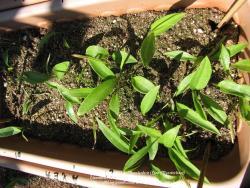

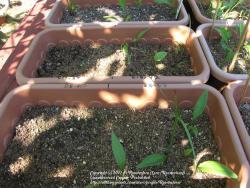
As you can see these are not that far along, but I'm not too concerned. I'll grow these right up to early-mid Dec. before they chill.
Here's an Awesome cross I got from Buggy that had some unusual attrition. A chipmunk caught my eye digging in these one morning. I scurried him off, but he had managed to dig a few up in a couple spots which I smoothed over as best I could. I had planted 20 seeds and had 14 up. Turns out he wasn't digging for tiny bulbs to eat. About a week/ten days later, up popped two tightly packed clumps of silver maples--he was planting seeds too! The end result is I now only have 7 or 8 left.
.
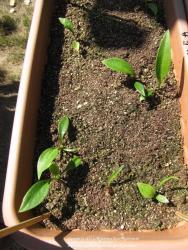
I want to show another use I have for those black cement mixing tubs too. I add about two gallons of water and fertilizer mix for a soak about every three to four weeks. A good indicator is when the soil pulls back away from the sides of the pot--it's probably time to soak (a few minutes).
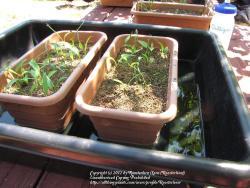
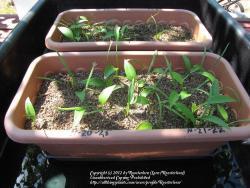
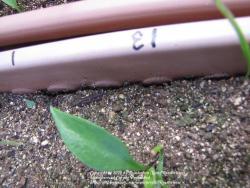
I want to break here to go run an errand, but when I come back I want to show something new I tried this year--new for me anyway!

















